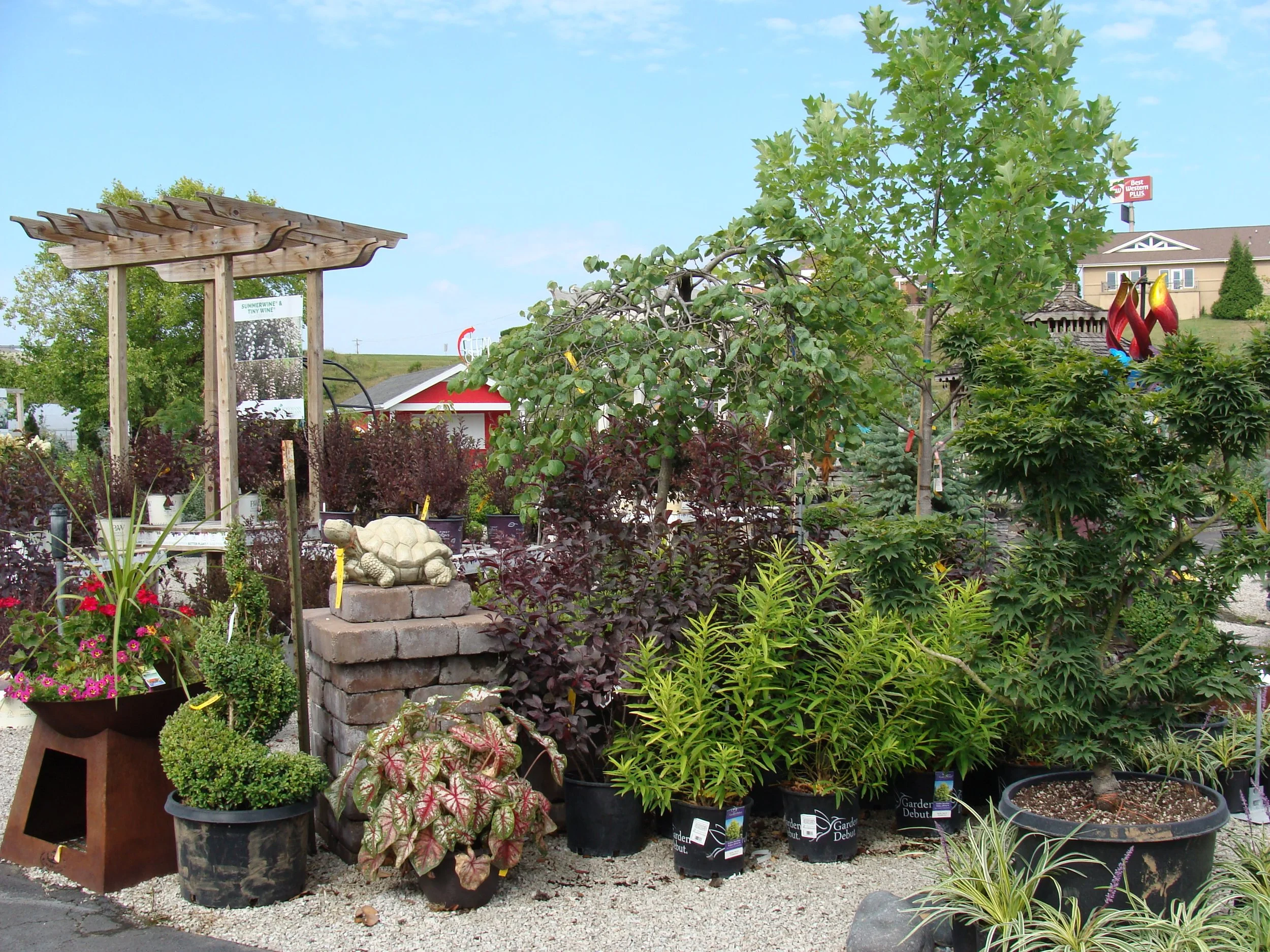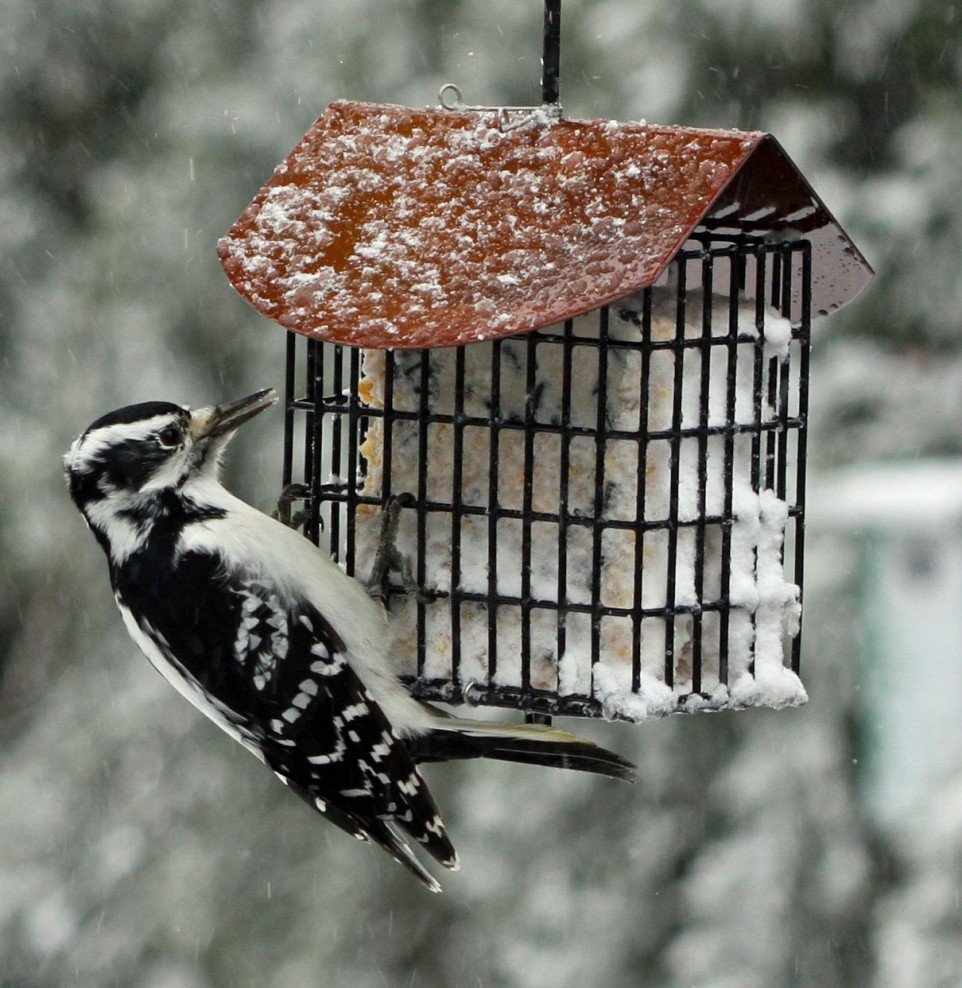Drought conditions can be serious for young trees and landscape plants. Even though most plants are dormant at this time, they still need water. Water your trees and shrubs to give them a better chance of surviving the drought and the winter season.
Most of us don't think about watering plants this time of year. However, plants (especially broadleaf evergreen varieties that loose moisture through the leaves) still need moisture through the winter season. Moisture in the soil is needed so that the roots of plants can continue to grow and have insulation from freezing temperatures.
Slower watering is recommended so that the water will soak into the dry soil and not run off. Many methods will work for this - such as soaker hoses, a regular hose with the water at just a trickle, jugs or buckets with a hole in them, or even a deep root watering device. Remember to turn off the water, unhook the hose from the faucet and drain the water to avoid damage from freezing.
Though the plants need water in winter. The amount is not as much as in the growing season. Large, mature trees may need one or two deep waterings per month. Younger or newly planted trees may need more. Do not apply any fertilizer. Add mulch around your plants and trees if they have none - or the layer is thinned out. Keep the mulch a couple inches or so away from the base of the plant or tree trunk (do not let the mulch pile up on tree trunks or plant stems).
National Integrated Drought Information System, Drought.gov, https://www.drought.gov/drought/states/missouri
For more information, contact the nearest University of Missouri Extension Center and ask for MU guide G6879, "Irrigating Trees and Shrubs During Summer Drought". The publication is also available online at extension.missouri.edu.
Here are some articles about the current drought and watering tips: http://agebb.missouri.edu/news/swnews/showcur.php… . https://www.drought.gov/drought/states/missouri










